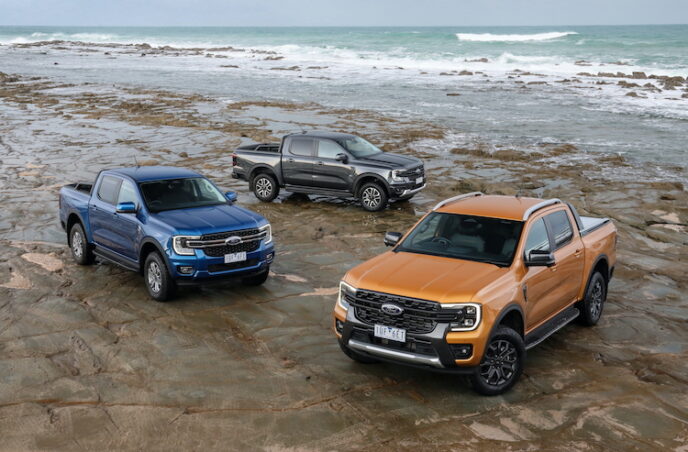
Records for Australian new vehicle sales continue to be broken, with the March result of 109,647 surpassing the previous March record of 106,988, achieved in 2018.
The January to March result of 304,452 sales represents the best first quarter yet for new vehicle sales, an increase of 13.2% on the first quarter in 2023.
FCAI chief executive Tony Weber said it was remarkable that nine of the past 12 months had seen the industry achieve record sales. Since April 2023, the industry has delivered 1,252,230 new vehicles.
“This is a terrific result for the sector; however, all car brands are well aware that these results cannot be taken for granted,” Weber said. “We need to factor in the ongoing cost of living pressures and the challenges for industry and consumers that will emerge with introducing the New Vehicle Efficiency Standard (NVES) in less than nine months.”
The SUV segment accounted for 58.9% of sales, while the Passenger segment was down to 16.1% compared with 2023 at 17.7%. The Light Commercial segment fell to 21%t from 22.6%.
Battery electric vehicles made up 9.5% of new vehicle sales, up from 6.8% in March 2023. Hybrid and Plug-in Hybrid sales increased compared with March 2023, recording a 14% share compared with 6% in 2023. Sales of electrified vehicles in March made up 23.5 per cent of the total market, demonstrating the continuing evolution of technology and increasing consumer preference in response to the challenges of decarbonisation.
“A fuel efficiency standard is long overdue. However, we remain concerned about the speed and magnitude of the change for both manufacturers and, more importantly, consumers.
“The car makers will respond. However, it will take time to develop new products, especially in the large SUV and Light Commercial segments, that meet expectations in terms of price, performance and emissions, noting these vehicles make up more than one-third of new vehicle sales in Australia.
“We look forward to working with the Government regarding the administration of the proposed NVES and the development of critical supporting activities such as the development of an effective national recharging network for electric vehicles,” said Weber.
Toyota was the market leader with sales of 18,961, followed by Ford (8776), Mazda (8246), Mitsubishi (7866) and Kia (7070).
The Ford Ranger was Australia’s top-selling vehicle with sales of 5661, followed by the Toyota RAV4 (5070), Tesla Model Y (4379), Toyota Hilux (3995) and Mitsubishi Outlander (2764).
Sales across every State and Territory increased compared with March 2023 except for Tasmania, which recorded a slight decrease of 0.6% (1610). Sales in the Australian Capital Territory were up by 0.5 % (1584); New South Wales 11.7% (33,808); Queensland 5.9% (23,550); South Australia 6.9% (6992); Victoria 24.9% (30,099); Western Australia 9.3% (11,074) and Northern Territory 19.8% (930).
Key Points:
• The March 2024 market of 109,647 new vehicle sales is an increase of 12,396 or 12.7% against March 2023 (97,251). There were 24.5 selling days in March 2024 compared to 26.5 in March 2023, increasing 805.5 vehicle sales per day.
• The Passenger Vehicle Market is up by 429 vehicle sales (2.5%) over the same month last year; the Sports Utility Market is up by 11,105 vehicle sales
(20.7%); the Light Commercial Market is up by 1049 vehicle sales (4.8%), and the Heavy Commercial Vehicle Market is down by 187 vehicle sales (-4.1%) versus March 2023.
• Toyota was the market leader in March. It led Ford with a margin of 10,185 vehicle sales and 9.3 market share points.








